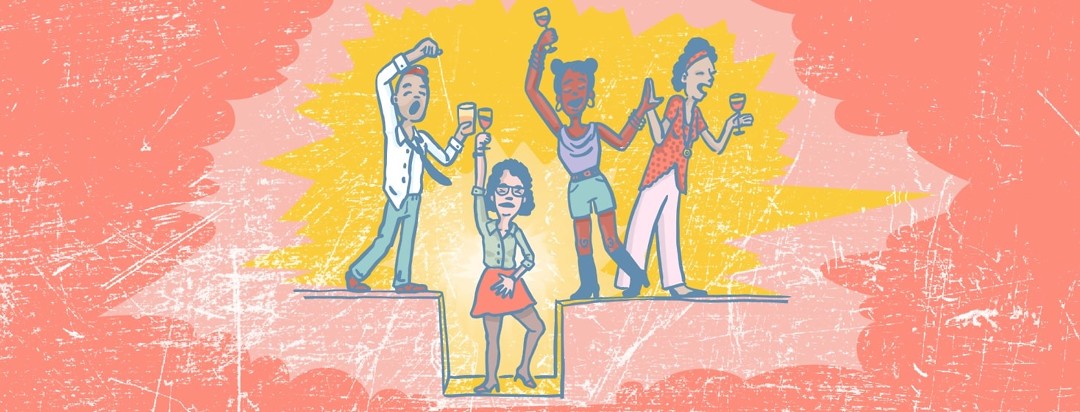What I Learned From My Challenges in the Workplace: Part 1
You might remember a little while ago, I wrote about my positive experiences in the workplace, and how I ensured they stayed that way.
Today, I want to dive in to some of my challenges. My experiences with employers have always generally been positive, and I’m a bit of a teacher’s pet, so I like doing well. This situation, in one of my previous roles, was therefore really difficult for me to deal with, and on reflection, there are some things I would have done differently.
Before we get to my list, I want to say that this is from my perspective and my actions only. I believe that there were some actions and steps my employers could have taken to improve the situation, but this isn’t an article about blame or pointing fingers. And that goes for us too, it’s not about blaming ourselves either. I write this piece to help you take positive action, but equally it is hard managing with this disease in the workplace, so please allow yourself some compassion and kindness when you are going through these kind of challenges and don’t beat yourself up for the things you wish you did or didn’t do.
So, now that disclaimer’s out of the way, let’s get started.
I tried to keep up
When I started in this role, I quickly realized that I was working with colleagues who were all pretty healthy people. Not in the way they ate or their lifestyles necessarily, but more that they were pretty averagely healthy people who seemed to have zero physical complaints. They all had abundant energy levels, they could drink and eat anything without seeming to experience any impact, they slept well, and they all seemed to be really positive and upbeat all the time. On the other end of the spectrum was me; a seeming wilting flower with low energy levels, problems sleeping, endometriosis, IBS-related issues, hormone imbalances, depression, anxiety, and who knows what else.
I became acutely aware of how often I was lagging behind the team, and whilst I regularly mentioned I was tired so that they knew I was facing certain issues (and they of course knew I had endometriosis), I tried to keep up with the energy, enthusiasm, and pace of the rest of the team. The thing is, I couldn’t, so it became a situation where I was constantly trying to keep up and yet was constantly several steps behind. I was trying to be someone who I wasn’t, I was constantly comparing myself and as a result, I was becoming exhausted in the process.
Alongside this, came the work dos and social outings that required me to perform. Often, I’d be the only one not drinking, or not having a coffee. This was a fun crowd, who liked to encourage people to take part and get social – it wasn’t malicious, it was just the way they were and I don’t think they’d ever really had to deal with someone who wasn’t a part of that crowd.
I was actually on a sort-of break from my previous career in charity, where everyone I worked with was acutely aware of life’s challenges and often had some themselves, so if you didn’t drink or didn’t partake in something, no one really asked many questions (most of the time!). I was a fish out of water in this new role, it wasn’t an industry I was used to, and it was an environment that was full of social gatherings, high-energy personalities, and fun. It was great to witness and experience in the beginning, but the constant need to be ‘on’ and bubbly, and the continuous deliberation over whether to have alcohol, caffeine, or one of my other triggers took its toll.
As time went on, this leading a double life in the work place started to wear thin, and cracks began to show. In the final installment of this two-part series, I'll take you through what I learned when this mask finally had to be taken off and the truth came out.

Join the conversation